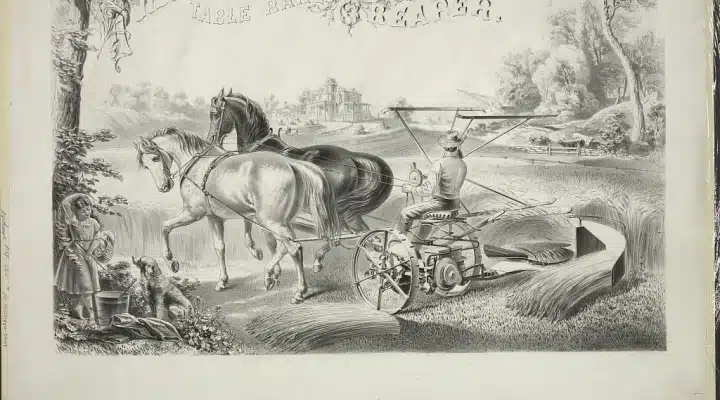Comparative Analysis of Rice Reaping Techniques and Harvester Efficiency in Modern Agriculture
The Evolution and Impact of Rice Reaper Harvesters
Rice is one of the most important staple foods around the world, feeding billions of people each day. As populations grow and demand for food increases, the agricultural sector has sought innovative ways to enhance productivity. One of the most significant advancements in rice cultivation is the development of rice reaper harvesters. These machines have revolutionized the way rice is harvested, significantly impacting efficiency, labor, and agricultural practices.
Historical Context
Traditionally, rice harvesting was a labor-intensive process, relying on manual laborers equipped with sickles. This method, while effective for small-scale farming, was time-consuming and physically demanding. As agricultural demands grew, particularly in regions where rice is a primary crop, the need for more efficient harvesting methods became evident. The introduction of mechanized harvesters marked a turning point, allowing farmers to reduce harvesting time and labor costs.
Mechanization of Rice Harvesting
The development of rice reaper harvesters began in the mid-20th century. Initially, these machines were basic and designed to work with specific types of rice fields. However, advancements in technology have led to the creation of sophisticated and versatile harvester models. Modern rice reaper harvesters are equipped with features like adjustable cutting heights, high-speed operation, and advanced threshing technologies. These innovations not only streamline the harvesting process but also minimize grain loss, ensuring that farmers can maximize their yields.
Benefits of Rice Reaper Harvesters
1. Increased Efficiency One of the most notable advantages of rice reaper harvesters is the drastic reduction in harvesting time. A task that may take hundreds of laborers several days can now be completed in a matter of hours with a single machine. This efficiency allows farmers to allocate resources and time to other crucial agricultural activities, such as planting or soil management.
rice reaper harvester

2. Cost-effectiveness While the initial investment in a rice reaper harvester can be significant, the long-term savings often justify the expense. By reducing the number of laborers needed for harvesting, farmers can save on labor costs. Moreover, faster harvesting translates to better management of the crop, reducing the risk of spoilage due to delays.
3. Enhanced Safety Harvesting rice with manual tools can lead to injuries and accidents. Mechanized harvesting significantly reduces these risks, providing a safer working environment for farmers and their laborers.
4. Support for Sustainable Practices Modern rice reaper harvesters are designed to be more environmentally friendly. Many new models operate on cleaner energy sources and incorporate technologies that reduce soil compaction and minimize environmental impact.
Challenges and Considerations
Despite the advantages, the widespread adoption of rice reaper harvesters is not without challenges. The initial cost of purchase and maintenance can be prohibitive for small-scale farmers in developing countries. Additionally, there is a need for proper training to ensure that operators can use the machinery effectively and efficiently.
Further, in regions with small, fragmented fields, traditional harvesting methods may still be necessary until technology catches up to the specific requirements of these environments. Nonetheless, as agricultural practices continue to evolve, the integration of rice reaper harvesters is likely to expand, especially with support from governments and agricultural organizations.
Conclusion
The rice reaper harvester has fundamentally changed the landscape of rice production. Its contribution to efficiency, cost-effectiveness, and safety marks a significant evolution in agricultural practices. As technology continues to advance, we can expect further innovations that will enhance these machines' effectiveness and accessibility—ultimately helping to feed an ever-growing global population while promoting sustainable farming practices. The future of rice harvesting is bright, with mechanization leading the way toward improved agricultural productivity and sustainability.
Latest news
-
When to Upgrade Your Old Forage HarvesterNewsJun.05,2025
-
One Forage Harvester for All Your NeedsNewsJun.05,2025
-
Mastering the Grass Reaper MachineNewsJun.05,2025
-
How Small Farms Make Full Use of Wheat ReaperNewsJun.05,2025
-
Harvesting Wheat the Easy Way: Use a Mini Tractor ReaperNewsJun.05,2025
-
Growing Demand for the Mini Tractor Reaper in AsiaNewsJun.05,2025







